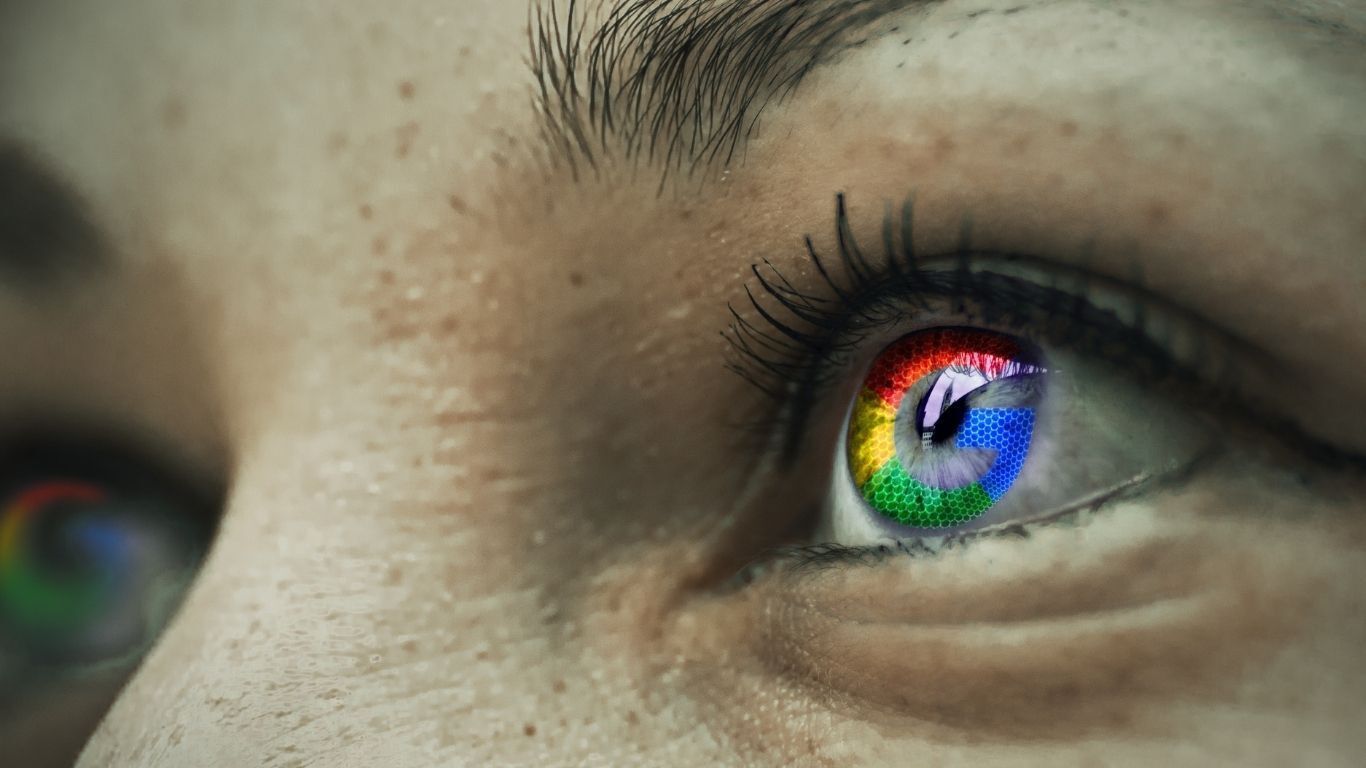Bye-Bye Bert, Hello Google MUM
If you've been keeping up with the latest advancements in artificial intelligence, you'll know that Google has been making some major changes. Late last year, the company announced that it was retiring its
BERT model in favor of a new AI system called
MUM.

While BERT (Bidirectional Encoder Representations from Transformers) was great for understanding natural language, MUM (Multitask Unified Model) is designed for more complex tasks like image recognition and machine translation. Google has been testing MUM for a while now, and the results have been impressive. So far, MUM has been able to outperform BERT on several different tasks. It's clear that Google is serious about AI.
History of BERT
BERT was a game changer for search engines. It was the beginning of moving on from traditional keyword-based searches to more complex search queries that could identify entities and relationships between them. This helped to provide more relevant search results for users.
BERT helped to improve the accuracy of search results and was a major step forward in search technology and it’s likely that BERT will continue to evolve and improve over time.
How is MUM different from BERT?
MUM is a more advanced version of Google's previous AI model, Bert. MUM can read and understand human sentences better than Bert, and it can also generate responses based on what it has learned. This could be useful for tasks like responding to customer service inquiries or automatically filling in forms.
The goal of MUM is to make Google's search results more relevant for each user. According to Google’s product update in May 2021, MUM uses the T5 text-to-text framework and is 1,000 times more powerful than BERT. MUM stands apart from BERT in the following categories:
- Has a multimodality feature
- Breaks down language barriers
- Handles complex/nuanced searches
MUM’s multimodality feature is unique because it allows users to combine text input with images. This is important because it means the search algorithm understands not only text but also videos, images, and audio files. This is important because it helps people find the information they need more quickly and easily. In today’s world, we rely on visuals to communicate, and MUM’s multimodality feature allows us to do that effectively.
MUM delivers answers from search results that are originally in other languages. This is done by using the power of artificial intelligence and machine learning. MUM is able to remove language barriers by delivering answers from search results that are originally in other languages. This makes it possible for businesses to compete globally.
When searching for a specific result, Google found that users typically searched with 8 different variations to deliver the expected result. A result that’s similar to the one you would expect to receive from an expert. MUM aims to address that problem by delivering results that are closer to understanding user intent.
How Will the Google MUM Change Content Strategy?
One of the main goals of MUM is to improve the quality of search results. It will use a variety of signals, such as how often a particular result is clicked on, to determine what content to recommend.
This could mean that some websites that currently appear first in Google search results will shift down the page or may no longer be the best option for users. So, Content Will Still be King.
Businesses should consistently check desired key word results to see what content Google ranks and make appropriate changes to their content strategy. They will want to include videos with text and relevant pictures that are optimized to Google’s search engine to appear in multiple places on SERP results.
In conclusion, the first features of MUM have already been implemented by Google, but further features will be rolled out within 2022. The multimodality functionality will first be available for images and text, and later on also for speech and video.
In order to stay relevant, businesses should be prudent and stay ahead of these changes and update their marketing strategy accordingly.
KELLY BIGGS
About the Author
Kelly is a Marketing Executive and Principal Consultant at WSI. Kelly has over 20 years of sale and marketing experience. She works with client to employ powerful digital marketing strategies and often writes about SEO, website optimization, and social media.
The Best Digital Marketing Insight and Advice
Subscribe Blog
For information on our privacy practices and commitment to protecting your privacy, check out our Privacy Policy and Cookie Policy.
Don't stop the learning now!








